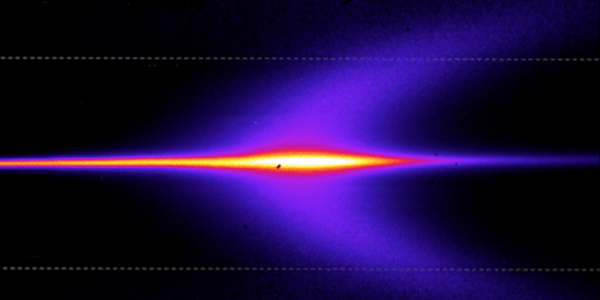Correlation-enhanced electron-phonon interaction in oxide superconductors
A general, accurate and practical ab initio treatment of electron-phonon (e-ph) coupling is essential to the understanding of many excited-state phenomena. In this talk, I will present a new ab initio linear-response method named GW perturbation theory (GWPT) that computes the e-ph interaction with the full inclusion of the GW nonlocal, energy-dependent self-energy effects, going beyond the standard density-functional perturbation theory, which is inadequate in some materials. We apply GWPT to study e-ph interaction in oxide superconductors. We first show that the e-ph coupling in Ba1-xKxBiO3 is significantly enhanced by the many-electron correlations, and is strong enough to explain the high superconducting Tc of 32 K as well as its doping dependence. Secondly, we study the two-decade-old mystery - a ubiquitous 70-meV dispersion kink in cuprates observed in angle-resolved photoemission experiments, whereas the debate on its physical origin is yet to be settled. I will show with ab initio GWPT results on a prototypical cuprate La2-xSrxCuO4 that the correlation-enhanced e-ph interaction gives rise to strong nodal kinks in quantitative agreement with experiments. This study also provides new insights to the doping dependence of the photoemission kink in cuprates.

